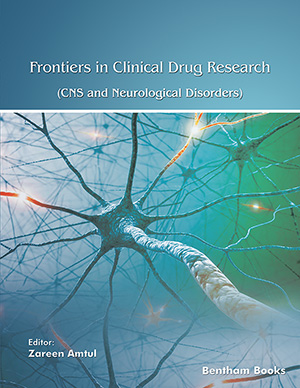Abstract
Alzheimer’s disease is known to be the most common cause of dementia with increasing number of people suffering every year. In healthy adults, there are millions of neurons in the brain. Degeneration starts and extends in Alzheimer's disease many years before the initial symptoms show up. The neurons taking part in cognitive functions destroy gradually leading to functional disability and finally to death. β- amyloid plaques and tau protein are known as the most responsible causes of Alzheimer’s disease resulting in neurodegeneration. Inflammation, atrophy and dysfunction in glucose metabolism will follow. The three stages of the disease include mild, moderate and severe. The patient will have difficulty in cognitive functions, show changes in behavior and will need care for everyday needs, which increases by the disease progress. There are pharmacologic and non-pharmacologic approaches for treatment. The pharmacologic approaches comprise acetylcholinesterase (AChE) inhibitors such as donepezil or N-methyl-d-aspartate (NMDA) receptor blockers like memantine. None of them stops the disease but alleviate the symptoms. On the other hand, non-pharmacologic approaches are usually used to improve the patient’s quality of life or improve the behavioral aspects of the disease. Recently, involving physical activity as a non-pharmacologic method of treatment for Alzheimer’s disease has been the focus of many studies. This chapter will have a glance at the clinical trials that were conducted regarding the effect of physical exercise and its impact on Alzheimer’s disease.
Keywords: Alzheimer’s Disease, Dementia, Exercise, Physical Activity.






















